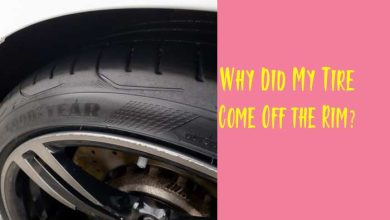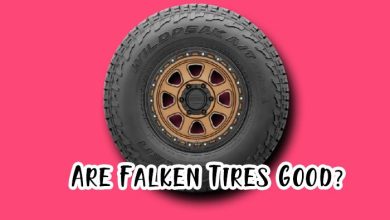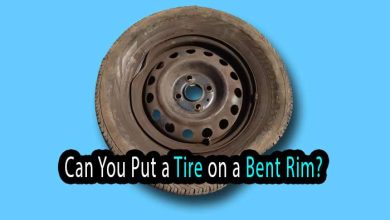Different Brand Tires on Your Car | Should You Use or Not?
Hey there, fellow road warriors! Have you ever wondered whether you can mix and match different brand tires on your beloved car? Buckle up because we’re about to dive into the tire universe, and I’m your trusty guide.
As a tire enthusiast with a penchant for unravelling rubber mysteries, I’m here to demystify the age-old question – can I put different brand tires on my car? Read my recent post- Can I Put a Spare Tire in the Front?
Yes, you can put different brand tires on your car, but it is generally not recommended. This is because different brands of tires can have different handling characteristics, which can affect the way your car handles.
Tire Matching Guidelines

So, let’s get the wheels turning with some tire-matching wisdom. Think of your tires as your car’s shoes – they need to fit just right for a smooth and safe ride.
Here are some guidelines to keep you on the right track:
- Tread Pattern Consistency: Matching the tread patterns is crucial for optimal performance. Mixing drastically different patterns can affect traction and handling, so sticking to a consistent design is best.
- Size Matters: Size is not just a number; it’s a vital factor in tire compatibility. Always ensure that the tires you’re eyeing have the same size specifications as recommended by your vehicle manufacturer.
- Load Index and Speed Rating: Pay attention to the load index and speed rating. These numbers indicate the maximum load capacity and speed the tire can handle. Keep them in sync to maintain balance and safety.
- Tire Type Harmony: Mixing different types of tires, like all-season and summer, can lead to uneven wear and compromised performance. Stick to a consistent tire type for a harmonious ride.
Read Also: Can I Mix Air and Nitrogen in My Tires?
Can I Put Different Brand Tires on My Car?
Yes, you can put different brand tires on your car, but it is generally not recommended.
Different brands of tires can have different tread patterns and handling characteristics, which can affect the overall performance and safety of your vehicle.
It is important to make sure that the tires you choose are the same size, load index, and speed rating as the tires that are currently on your car.
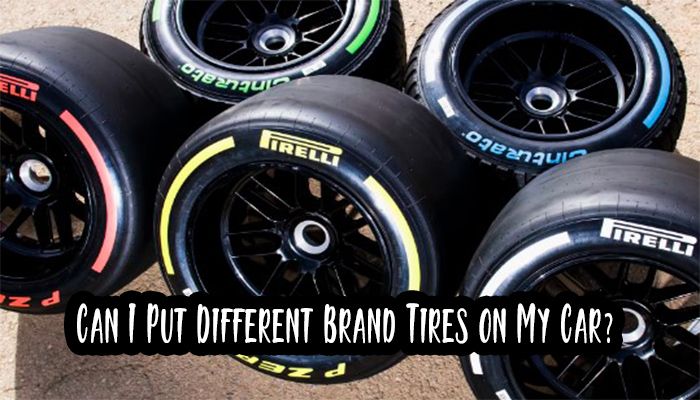
Here are some things to keep in mind if you are considering putting different brand tires on your car:
- The tires should be the same size. This means that they should have the same width, height, and diameter.
- The tires should have the same load index. This is a number that indicates how much weight the tire can safely carry.
- The tires should have the same speed rating. This is a letter that indicates the maximum speed at which the tire can safely be operated.
If you are not sure if the tires you are considering are compatible with your car, you should consult with a tire expert. They can help you choose the right tires for your needs and ensure that they are installed properly.
Here are some of the potential risks of putting different brand tires on your car:
- Reduced handling and stability. Different tires can have different handling characteristics, which can make your car more difficult to control, especially in emergency situations.
- Increased wear and tear. Different tires can wear at different rates, which can cause uneven wear on your suspension and other components.
- Reduced fuel economy. Different tires can have different rolling resistances, which can affect your car’s fuel economy.
Read Also: Can I Leave A Nail In My Tire?
Considerations for Mixing Different Types
Now, let’s delve deeper into the considerations when mixing different types of tires. It’s like assembling the Avengers – each member plays a specific role. Here’s what you need to know:
1. All-Season and Summer
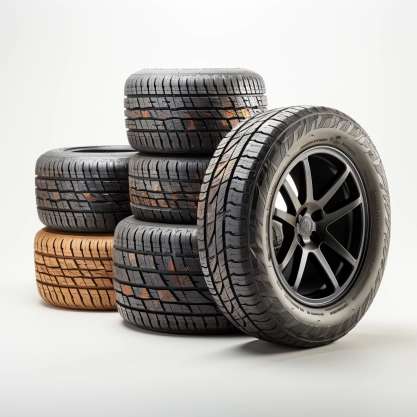
Mixing these types might impact traction in extreme weather conditions. While all-season tires provide versatility, summer tires are designed for enhanced warm-weather performance.
Consider your local climate and driving habits before creating this tire Avengers team. The combination could offer the best of both worlds if you’re in a predominantly warm climate.
However, it might be wiser to stick to one type in colder regions for optimal safety.
2. Summer and Winter
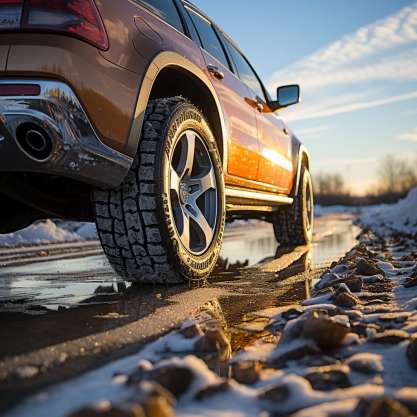
This combination can be a slippery slope, quite literally. Winter tires are designed for cold conditions, providing better traction on snow and ice. Mixing them with summer tires might compromise safety in icy or snowy weather.
It’s like wearing flip-flops in a snowstorm – not the best idea. Investing in a dedicated set of winter tires is a safer bet if you frequently encounter winter weather.
3. Tread Depth Consistency
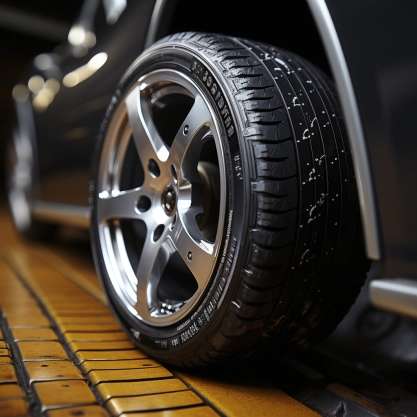
If you’re mixing old and new tires, ensure the tread depth is consistent. Mismatched tread depths can lead to uneven wear and handling issues.
It’s like having a team of superheroes with varying strengths – they might not work together seamlessly. Regularly check and measure the tread depth to identify any disparities.
Rotating your tires can help maintain uniform wear, ensuring a longer lifespan for your mixed-brand tire ensemble.
4. Sidewall Construction
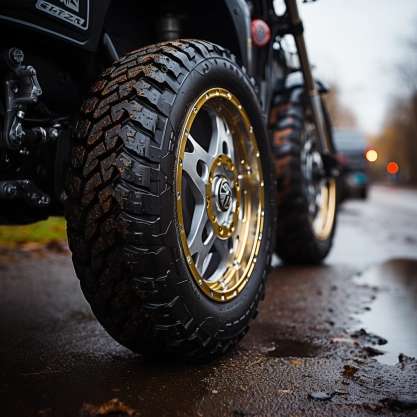
Consider the sidewall construction when mixing different types of tires. Some tires have stiffer sidewalls for better handling, while others prioritize a smoother ride.
Mixing tires with vastly different sidewall constructions can lead to an imbalanced driving experience. Aim for a cohesive sidewall structure to maintain stability and performance.
5. Temperature and Climate Variations

Take into account the temperature and climate variations in your region. Extreme heat or cold can affect tire performance. If you frequently experience temperature extremes, choose a tire combination that adapts well to these conditions.
Tire compounds react differently to temperature, so selecting a mix that complements your local climate ensures consistent performance year-round.
Conclusion
In the intricate world of tire combinations, understanding the nuances of mixing different types is essential for a safe and comfortable ride.
Now that you’re armed with knowledge curate the perfect tire team for your unique driving needs. And hey, don’t be shy – share your tire-mixing triumphs or trials in the comments below.
Let’s build a community of tire enthusiasts helping each other navigate the rubbery road of automotive choices.
Glossary
- Tread Patterns: The design of the grooves and channels on a tire that affects traction and handling.
- Load Index: A numerical code indicating a tire’s maximum load.
- Speed Rating: A letter indicating the maximum speed a tire can sustain safely.
